Delhi’s air quality has long been a pressing concern. The city has struggled with hazardous pollution levels, especially during the winter months. Thus, on June 3, 2025, Chief Minister Rekha Gupta unveiled the ambitious Air Pollution Mitigation Plan 2025, signalling a renewed commitment to addressing this ongoing issue. So, the plan aims to reduce pollution and bring cleaner air to Delhiites with a mix of innovative measures and stricter regulations. But what does this mean for the city’s residents? It’s time to take a closer look at the current air pollution situation, the months when pollution peaks, the details of the new plan, and what people in Delhi can expect in the coming year.
Peak Pollution Months: A Historical Perspective
Delhi’s air quality gets much worse during the winter months, from October to February. This happens because of several reasons, like stubble burning in nearby states, heavy traffic, pollution from factories, and weather that traps dirty air close to the ground.
During these months, air pollution reaches dangerous levels. In November and December, the Air Quality Index (AQI) often rises above 700, which is considered “Hazardous.” Moreover, in November 2024, Delhi’s AQI hit 491—one of the worst readings that season.
The main pollutants in the air are PM2.5 and PM10. Because these tiny particles go far beyond safe limits. For example, during the “Great Smog of Delhi” in 2016, PM2.5 levels reached 999 micrograms per cubic meter. That’s much higher than the safe level of just 15.
Moreover, several things make the problem worse. Stubble burning in Punjab and Haryana causes more than 45% of Delhi’s pollution during this time. Besides, weather conditions—like low wind and cold air—trap pollution near the ground and create thick smog. Other sources like car exhaust, factory smoke, construction dust, and fires at landfills also add to the problem.
Air Pollution Mitigation Plan 2025: Key Steps Announced
Since you know, the Air Pollution Mitigation Plan 2025, launched by Chief Minister Rekha Gupta on June 3, 2025. It introduces a multi-pronged approach to combat Delhi’s air pollution crisis. So, here are the key measures outlined in the plan, aimed at reducing emissions, controlling dust, and improving air quality:
1. Stricter Vehicle Regulations:

- Starting November 1, 2025, only BS-VI compliant, CNG, or electric commercial vehicles from outside Delhi will be allowed entry into the city. This targets vehicular emissions, a major contributor to PM2.5 and PM10 pollution.
- ANPR (Automatic Number Plate Recognition) cameras will be installed at entry points and petrol pumps to enforce compliance and block non-compliant vehicles.
2. Anti-Smog Guns and Dust Control:
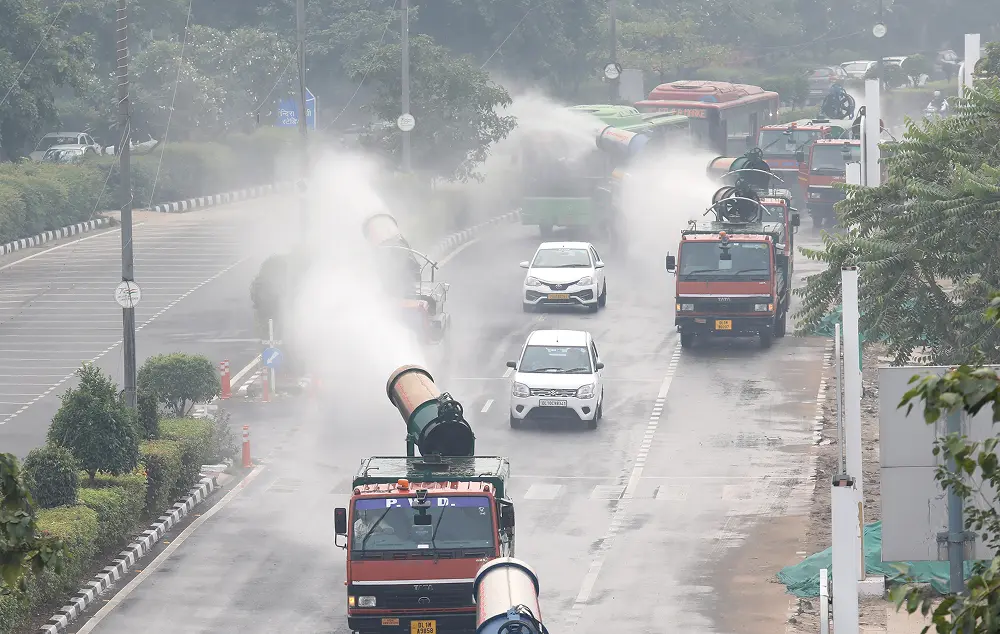
- Mandatory anti-smog guns will be installed at all buildings larger than 3,000 square meters, including malls, hotels, and high-rise complexes, to suppress dust through water misting.
- 1,000 water sprinklers and 140 anti-smog guns will be deployed across the city to combat dust pollution, particularly at the 13 identified air pollution hotspots.
3. Artificial Rain (Cloud Seeding):
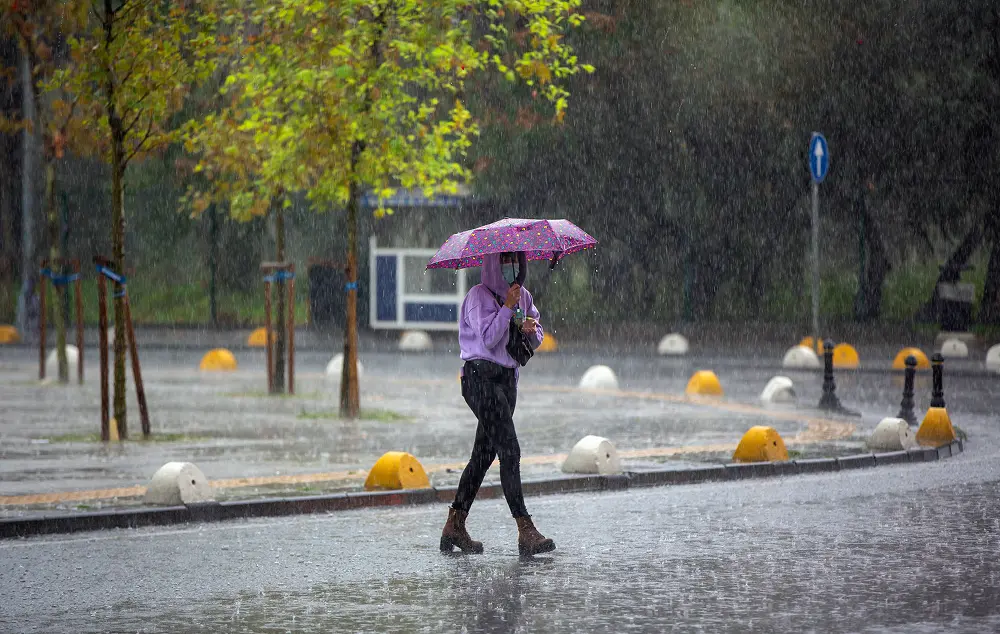
- A pilot project for cloud seeding has been approved to induce artificial rain, which could help settle pollutants and clear smog. This innovative approach aims to provide relief during peak pollution months.
4. Green Initiatives:
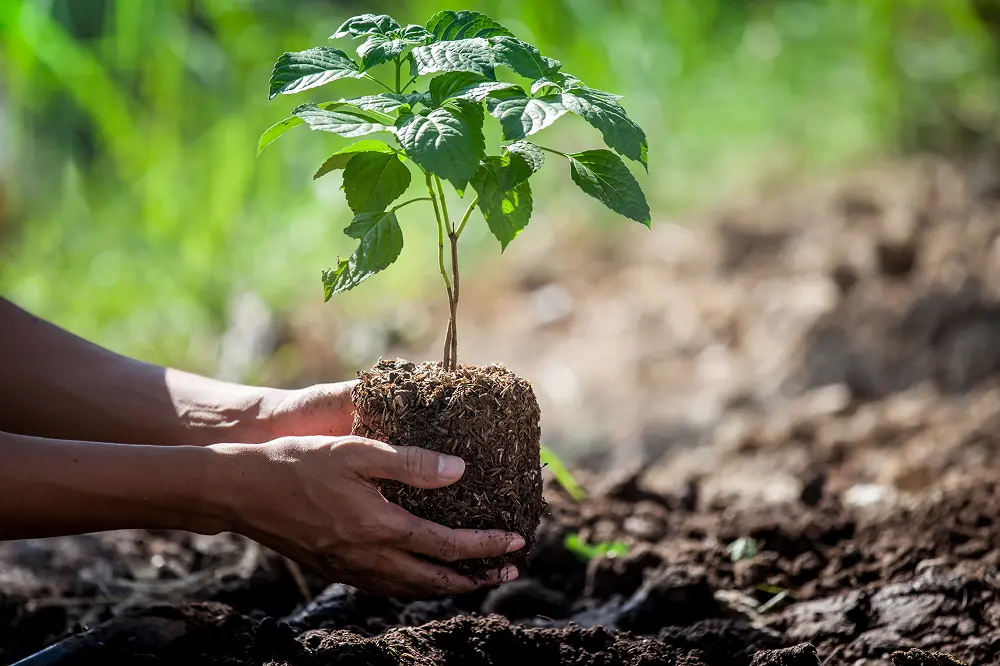
- The plan includes a massive 70 lakh tree plantation drive to increase green cover and absorb pollutants, contributing to a “Clean Delhi, Green Delhi” vision.
- Emphasis on promoting public transport and carpooling to reduce vehicular emissions.
5. Construction Site Regulations:
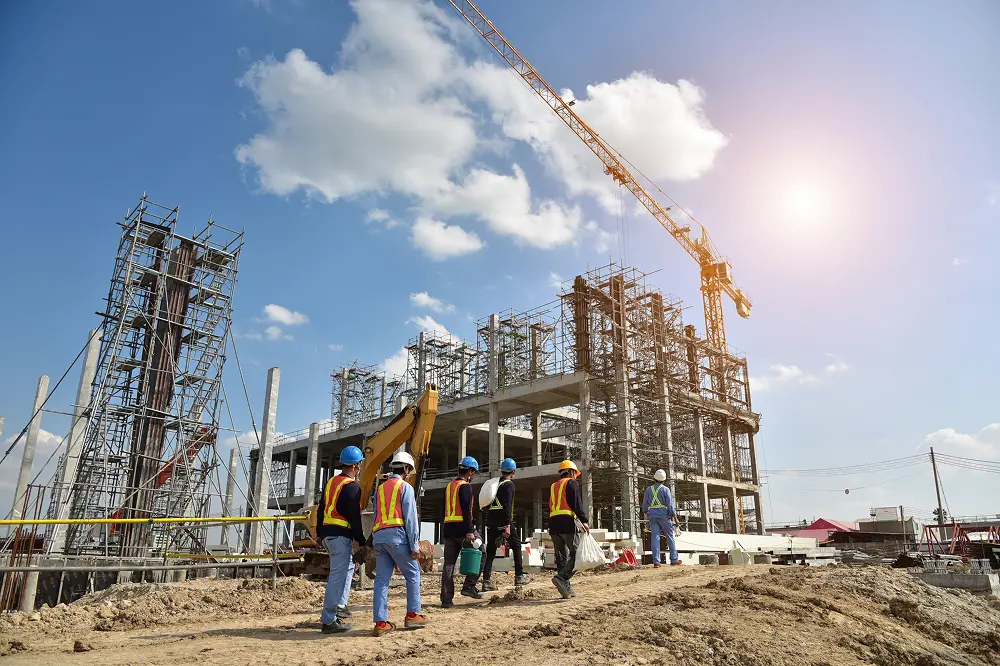
- Large construction sites will be required to install air quality monitors to track and manage dust emissions, following the model set by Mumbai’s BMC.
- Construction and demolition activities will face stricter oversight, with bans during high-pollution periods (as seen in GRAP Stage IV measures).
6. Public Awareness and Health Measures:
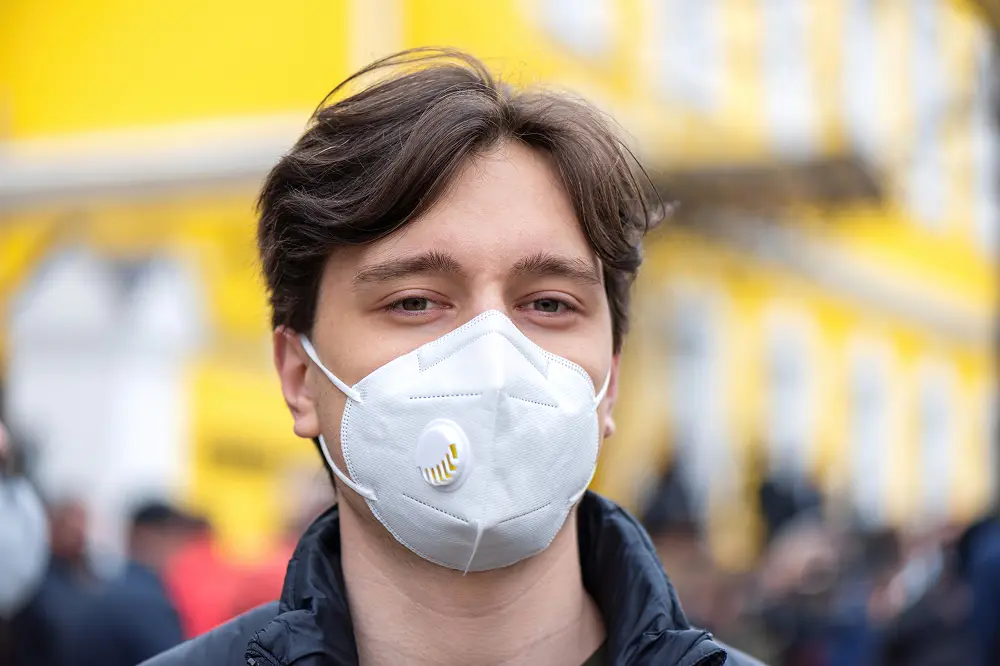
- The government is encouraging the use of , , and avoiding outdoor activities during peak pollution hours (6–10 AM and 5–9 PM).
- Residents are advised to adopt antioxidant-rich diets, stay hydrated, and use steam inhalation to mitigate health impacts.
Tables for Clarity
To organize the key features, here is a table summarizing the main categories and actions:
| Category | Key Actions |
| Vehicle Emission Control | BS-VI, CNG, EV entry only from Nov 1, 2025; ANPR cameras; 5,000 e-buses, 2,299 e-autos |
| Dust Control | Anti-smog guns for large buildings; 1,000 sprinklers, 140 guns at hotspots; night cleaning |
| Green Initiatives | 7 million saplings under ‘Ek Ped Maa Ke Naam’; citizens as ‘Environment Doots’ |
| Construction Regulations | Register projects >500 sqm; AI monitoring; 100% recycled material for gov projects |
| Waste Management | Clear landfills by 2027-2028; expand waste-to-energy plants; promote waste segregation |
| Innovative Solutions | Cloud seeding pilot; AI, GPS for monitoring; ‘Startup Innovation Challenge’ |
| Public Engagement | SMS alerts for vehicle owners; community monitoring by ‘Environment Doots’ |
Another table for landfill clearance timelines:
| Landfill | Clearance Target |
| Okhla | March 2027 |
| Bhalswa | December 2027 |
| Ghazipur | September 2028 |

Conclusion: A Hopeful Step Toward a Cleaner Delhi
The Air Pollution Mitigation Plan 2025 is a strong step toward improving Delhi’s air. It brings together technology, stricter rules, and public support to fight pollution. The plan’s success will depend on how well it’s carried out and how much nearby states cooperate. If things go well, Delhi could see fewer polluted days. People may feel some relief during the non-winter months, but the winter season will still be tough. That’s why it’s important for residents to stay informed, take steps to protect themselves, and support eco-friendly efforts. Together, they can help make Delhi’s air cleaner and healthier.
For real-time AQI updates, visit aqi.in. Together, let’s work toward a “Clean Delhi, Green Delhi”